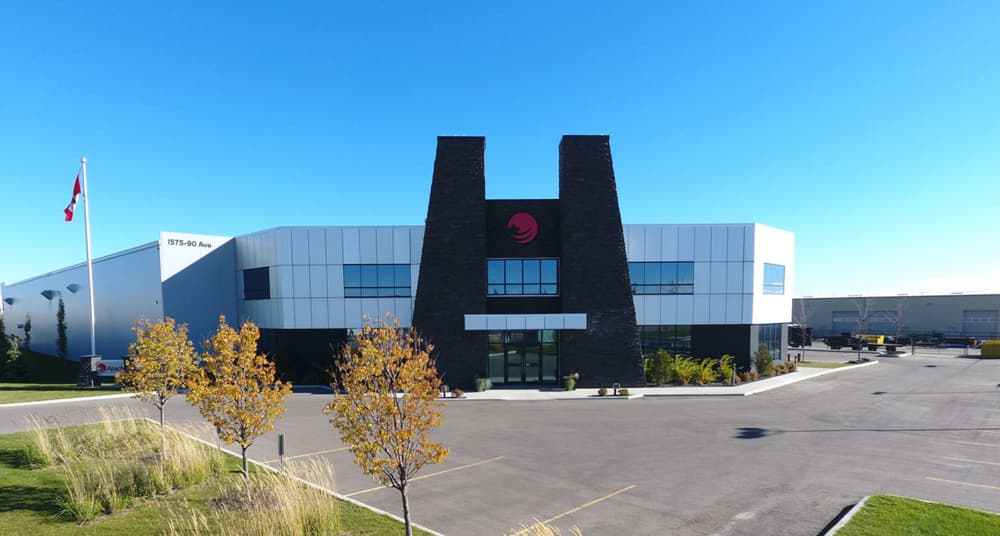The surge of technological advancements seen over the last two decades has greatly affected the oilfield industry around the world. These technologies are helping with efficiency, effectiveness, cost and accuracy in multiple facets of the industry. While some of these technologies are developed specifically for advancements within the oilfields, many others are externally developed technologies that are being implemented. Here are 3 ways oilfield technology has evolved in the last twenty years.
Identification Technologies
Drilling for wells used to be one large guessing game, one with high stakes. This was costly in regards to money and time, sometimes with no reward. Today, there are multiple technologies available to detect where oil and deposits are found under earth’s surface, ensuring drillers have a specific target located before they begin drilling. This saves on resources, and also allows more wells to be developed within a shorter period of time. The most widely used technique for locating oil and gas deposits is a type of geophysical imaging technology, known as seismic reflection.
Equipment Technologies
The equipment used to actually get the oil out of the ground has also undergone significant improvements in recent years. Pumping oil from the ground is not an easy task. One of the most useful and productive advancements in regards to drilling equipment is Measurement While Drilling technology. Specifically, how this technology gives operators the capability to steer a drill in various directions. Previously, operators were only able to drill straight down. This positively affects wells productivity results, and also plays a large factor in improving the safety of drilling. Further, there have been numerous other products & items that accomplish a variety of tasks within the scope of Equipment technologies.
Information Technologies
Apart from physical groundwork, a large percentage of work within the oilfield takes place in offices. Calculations, research, data collection, and analysis are only some of the work that goes on behind the scenes. Previously, much of this work had to be done manually. This was a time consuming process more susceptible to human error. With today’s advancements in computing technologies, these processes are being completed in much less time and with much more accuracy. This saves on time, resources, and cost for many companies. It also means companies can focus efforts in other departments where improvements are still being made.
Conclusion
As with any other industry, the last couple of decades have brought about multiple technological advancements that have benefited the oil and gas sector. These 3 ways oilfield technology has evolved in the last 20 years are only scratching the surface of improvements that have occurred within the industry. Whether these are industry specific advancements, or are technologies being implemented from separate industries all together, the benefits are obvious and it is important to stay up to date on changing technology. Cost effectiveness, resource allocation, productivity, safety, and information accuracy have all been significantly improved because of these technologies, and will continue to improve as these, and new technologies, continue to be established and employed. image: apachepipe.com

